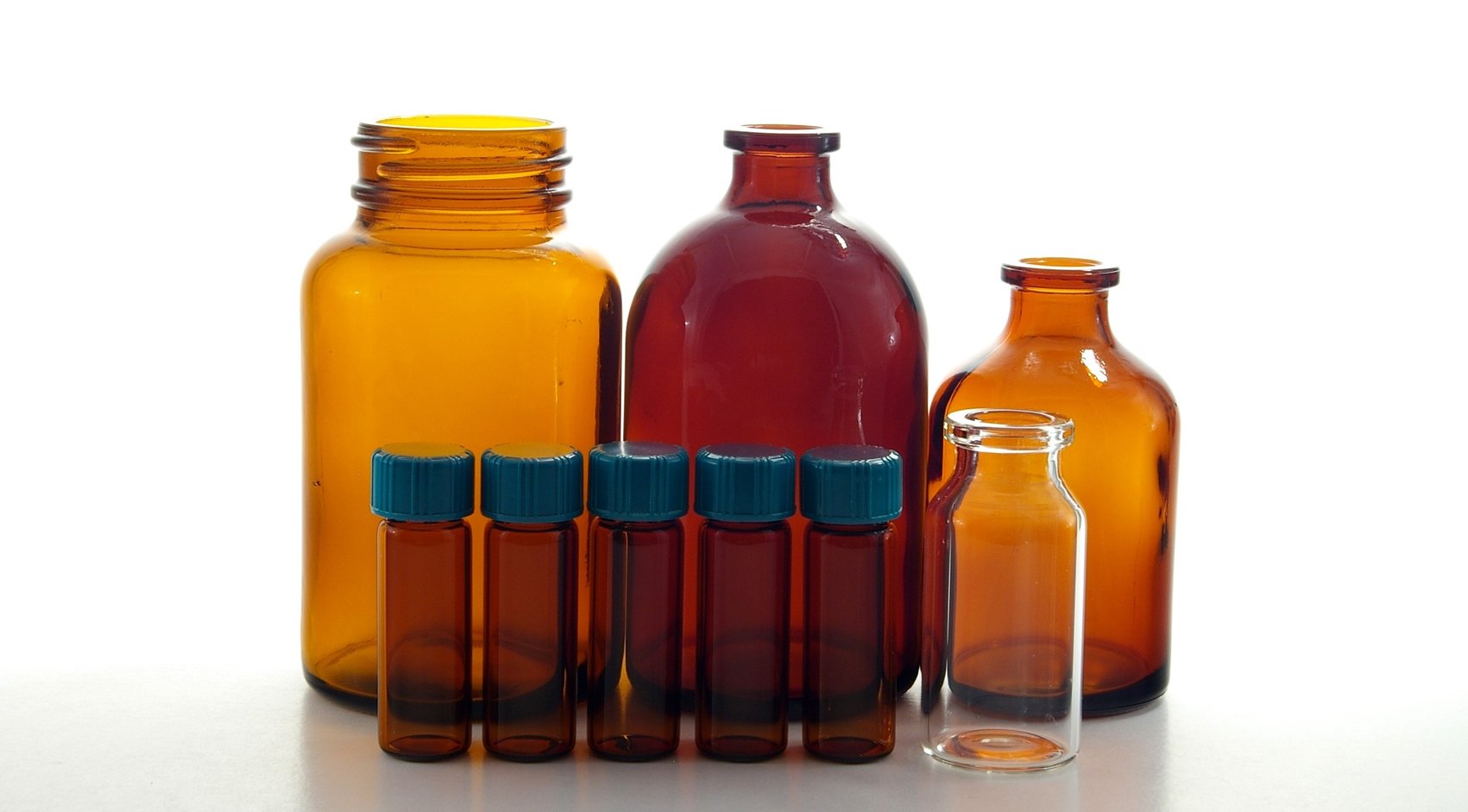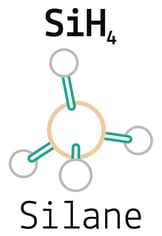 Mycotoxins and silanized glassware... what is the significance in regards to results and accuracy? Think of it this way: in almost any process, small details can have a big impact on final results. This certainly rings true when it comes to mycotoxin analysis. The type of glassware that is used during analytical procedures is a small but important detail.
Mycotoxins and silanized glassware... what is the significance in regards to results and accuracy? Think of it this way: in almost any process, small details can have a big impact on final results. This certainly rings true when it comes to mycotoxin analysis. The type of glassware that is used during analytical procedures is a small but important detail.
Glass is very unique. It is all around us in our daily lives, yet we rarely think about it. We all know that it can break easily, conducts heat quickly, and makes our homes and offices much more connected to the outdoors. What else makes glass unique? Under magnification, even glass that appears to be very clear will have pitting, etching and cracks that are undetectable to the human eye. These surface imperfections can cause problems in chemical applications. Additionally, in many cases the surface of glass contains chemically active groups that can interfere with chemical processes.
There are many types of glass. Glass is typically made by melting the raw materials and then cooling the liquid glass into the desired form or shape. Three of the most common types of glass are phosphate glass, which is used in objects like optical fibers; soda-lime glass, which is used in objects such as windows and some beer bottles; and borosilicate glass, which is used in objects such as kitchen and lab glassware. Our laboratory mainly uses vessels, containers, and vials made of borosilicate glass.
Here at Trilogy, we use a wide variety of borosilicate glassware. From our standard laboratory glassware to the vials that we utilize for chemical reactions, borosilicate glass is the most commonly used in our facility. Not all of our glassware must meet the same requirements. Our flasks, for instance, are used for the extraction of samples for mycotoxin analysis. These are primarily just vessels that are used to shake samples and solvents for a specific amount of time. The liquid is then transferred to another vessel when the extraction is complete. This is not the case for our glassware that is used for more specific and demanding uses, such as glassware that we use for storage of mycotoxins, or glassware such as our chromatography vials which will hold the final purified samples prior to being analyzed. Mycotoxins in solutions may be held in these glass vessels for many hours, or even for several months. For this reason, many of these vials must be silanized.
Silanization is a chemical process that treats the surface of the glass to make it less reactive. We treat our glassware with 10% to 40% silane solution, and then follow that treatment with a series of solvent washes. This process prevents the mycotoxins from “sticking” or adhering to the glass. One way to think of this treatment is to think of it as gilling the microscopic cracks on the surface of the glass to make it smooth and not attractive to any compound. Silanization is important in our laboratory for many reasons, but recovery of the toxins is the most critical. If the mycotoxins ended up sticking to the glass rather than moving through the method and being quantitated at the end of the procedure, then our results would reflect either a low recovery or a falsely low result, all due to untreated glassware.
It's easy to overlook the little things in a complex process, but often small details, such as glassware, have a major impact on the end result. This is why attention to detail is important. Here at Trilogy, it is necessary for us to regard even the smallest details with high importance to ensure quality results for our customers.


Share on Social Media: